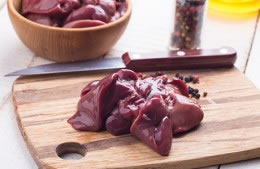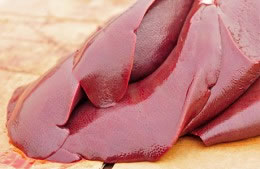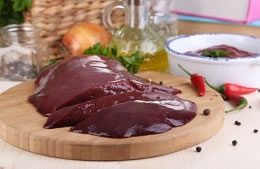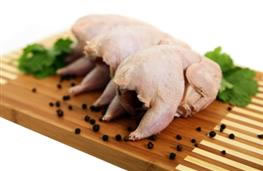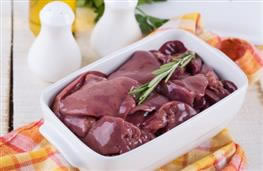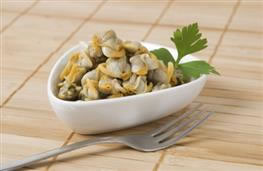Iron
Health benefits of Iron:
Contributes to your immune system, cell division, red blood cell formation, the reduction of tiredness and fatigue and your ability to process information
The Worlds Science
See the bottom of this page for the ingredients highest in iron
What is iron?
Iron is an essential mineral that is vital to many aspects of human health. Of all the nutritional minerals iron has been subject to perhaps the most extensive research interest and commentary.
Nevertheless, iron is the most common and widespread nutrient in the world1.
What’s the difference between heme and non-heme iron?
Haem iron is only found in meat, chicken and fish, and is easily absorbed. Non-haem iron is also found in plant foods, such as vegetables, cereals, beans and lentils but is not absorbed as well by the body. Non-heme iron absorption from the gut is between 2 and 15% whereas heme iron is between 15 and 35%2.
Why does it matter to me?
The symptoms of iron deficiency can include pale skin, shortness of breath, fatigue and tachycardia (when the heart beats faster than normal whist at rest). If present, these symptoms tend to become more pronounced as the iron deficiency becomes more severe3.
What is iron?
Iron is an essential mineral that is vital to many aspects of human health. Of all the nutritional minerals iron has been subject to perhaps the most extensive research interest and commentary.
Nevertheless, iron is the most common and widespread nutrient in the world1.
What’s the difference between heme and non-heme iron?
Haem iron is only found in meat, chicken and fish, and is easily absorbed. Non-haem iron is also found in plant foods, such as vegetables, cereals, beans and lentils but is not absorbed as well by the body. Non-heme iron absorption from the gut is between 2 and 15% whereas heme iron is between 15 and 35%2.
Why does it matter to me?
- Iron is an essential component of haemoglobin in red blood cells and of myoglobin in muscles, which together contain around 60% of total body iron. Therefore, iron is vital to ensure that oxygen is delivered efficiently to all the cells of the body.
- It is also necessary for the functioning of various cellular mechanisms, including enzymatic processes, DNA synthesis, and mitochondrial energy generation (mitochondria are the structures inside cells were oxygen dependent respiration takes place. One way to think of them is as the ‘battery packs’ of each cell)2.
- Iron is critical for the development of the central nervous system (CNS)4.
- Iron also plays an important role in the function of the immune system, although its effects on our susceptibility to infection are complex. Because iron is intrinsic to the function of many enzymes it helps maximise the effectiveness of many types of immune cells such as macrophages and T-cells.
However, it also promotes the growth of many bacteria that can cause disease. Once again, the best advice is to eat a healthy balanced diet and meet the RDA for iron6,7.
What happens if I don’t get enough?
The symptoms of iron deficiency can include pale skin, shortness of breath, fatigue and tachycardia (when the heart beats faster than normal whist at rest). If present, these symptoms tend to become more pronounced as the iron deficiency becomes more severe3.
Iron deficiency during childhood has been associated with poor cognitive development, poor school achievement, and abnormal behaviour patterns. Ensuring that children receive their recommended daily allowance (RDA) of iron is one important component a healthy childhood diet4.
Iron deficiency in adulthood also poses risks to human health and some categories of people are at greater risk than others. For example:
How much iron should I have?
The RDA for iron was updated in 2015 and is set as an average intake of both heme and non-heme iron from a various, interesting and balanced diet8.
- Heavily menstruating women are particularly vulnerable to iron deficiency since they may not alter their diet sufficiently to compensate for the loss of iron in menstrual blood. Iron supplements contain non-haem iron which is poorly absorbed. Therefore, a better solution is to obtain enough iron through consuming a balanced diet.
- Pregnant women are also vulnerable since they need to manufacture enough red blood cells to supply oxygen to both themselves and the developing foetus. Therefore, the requirement for dietary iron is increased.
- Iron supplementation is not routinely offered to pregnant women in the UK unless there is clear evidence of iron deficiency anaemia (IDA). Once again, a balanced diet will ensure that women consume the recommended daily amount (RDA) of iron throughout their pregnancy5.
How much iron should I have?
The RDA for iron was updated in 2015 and is set as an average intake of both heme and non-heme iron from a various, interesting and balanced diet8.
Review date: 1/12/2024
Next review date: 1/10/2025
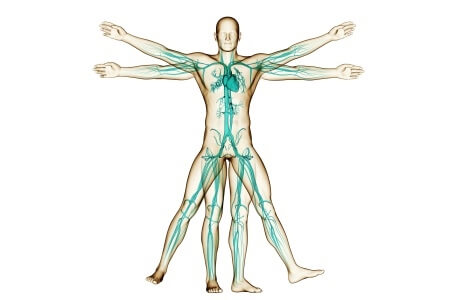
291
445
https://www.checkyourfood.com/content/blob/Micronutrients/top-foods-for-Iron.jpg
Top 6 ingredients for Iron taking into account portion size and cooking retention factors
Filter ingredients by:

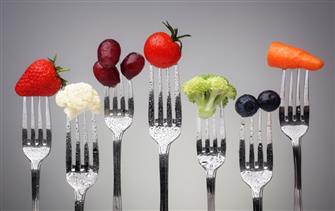 About nutrients
About nutrients
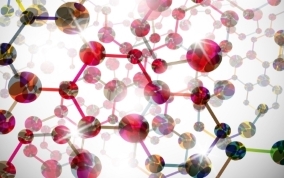 All nutrients
All nutrients
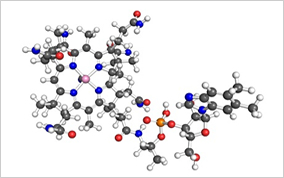 vitamins
vitamins
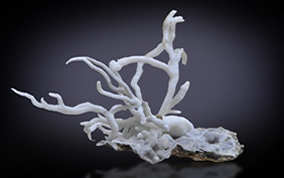 minerals
minerals
 phytochemicals
phytochemicals
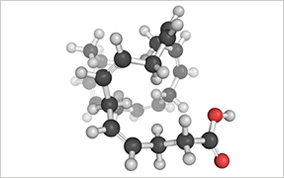 fatty acids
fatty acids
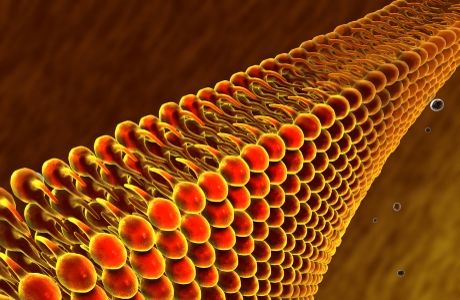 macronutrients
macronutrients
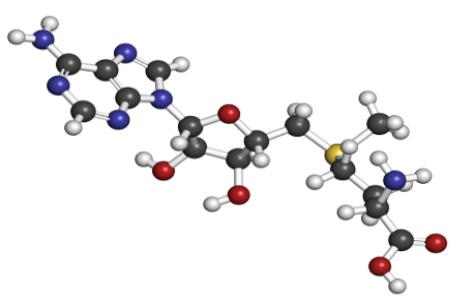 amino acids
amino acids
